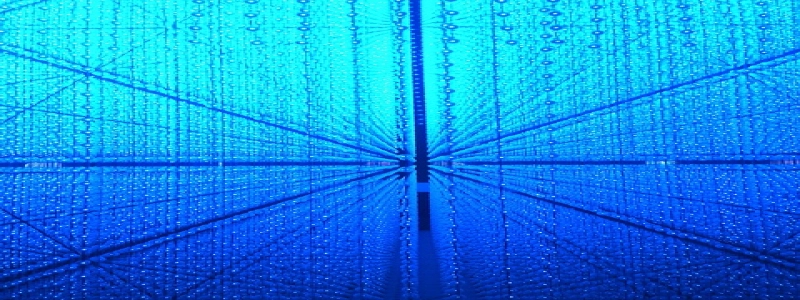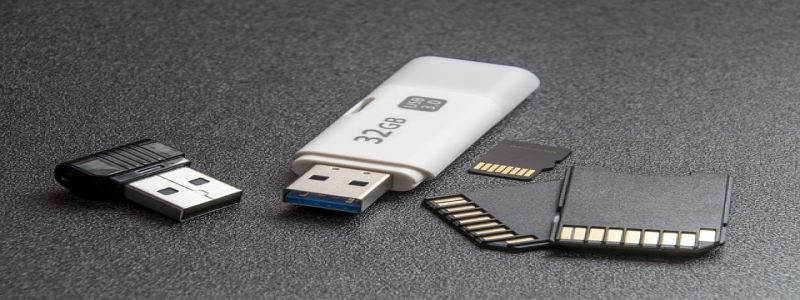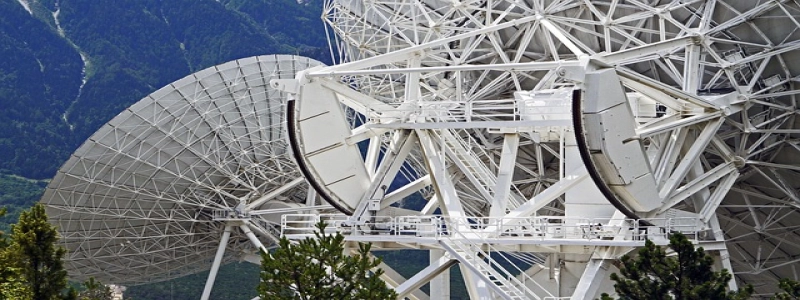Fiber Transceiver Types
=======================
Introduction
————-
Fiber transceivers play a crucial role in modern communication networks. They are widely used to transmit and receive data over optical fibers. However, there are various types of fiber transceivers available in the market, each with its own unique features and applications. In this article, we will explore different fiber transceiver types and delve into their functions and benefits.
Single-mode Fiber Transceivers
——————————
Single-mode fiber transceivers are designed to work with single-mode optical fibers. These fibers have a small core diameter, allowing light to propagate in a single, straight path. Single-mode transceivers are commonly used in long-distance communication applications, such as telecommunication networks and data centers. They offer high data rates and long transmission distances, making them ideal for applications that require high-speed and reliable transmission.
Multimode Fiber Transceivers
—————————-
Multimode fiber transceivers are designed to work with multimode optical fibers. These fibers have a larger core diameter and support multiple propagation paths for light. Multimode transceivers are typically used in short-distance communication applications, such as local area networks (LANs) and fiber-to-the-home (FTTH) connections. They provide lower data rates compared to single-mode transceivers but are more cost-effective for shorter distances.
Bidirectional Fiber Transceivers
——————————-
Bidirectional (BiDi) fiber transceivers are capable of transmitting and receiving data over a single fiber using different wavelengths. They are commonly used in applications where deploying two separate fibers for transmit and receive signals is not feasible or cost-effective. BiDi transceivers offer compact form factors and allow for easy connectivity, making them suitable for various applications, including point-to-point links, metropolitan area networks (MANs), and fiber access networks.
Coarse Wavelength Division Multiplexing (CWDM) Transceivers
———————————————————-
CWDM transceivers support multiple wavelengths to carry data simultaneously over a single fiber. By utilizing different wavelengths, CWDM allows for increased capacity and efficiency in fiber optic networks. CWDM transceivers are commonly used in scenarios where fiber resources are limited or costly to deploy. They enable network operators to upgrade their existing networks without the need for additional fiber infrastructure.
Dense Wavelength Division Multiplexing (DWDM) Transceivers
———————————————————
DWDM transceivers are similar to CWDM transceivers but offer a higher-density wavelength grid. They can support numerous wavelengths, enabling the transmission of multiple data streams over a single fiber simultaneously. DWDM technology is often used in long-haul and ultralong-haul networks, where large amounts of data need to be transmitted over vast distances. DWDM transceivers provide high bandwidth and are essential for backbone networks and carrier-grade applications.
Conclusion
———–
Fiber transceivers come in various types and are tailored for specific applications and network requirements. Whether it’s single-mode transceivers for long-distance communication or CWDM and DWDM transceivers for increased capacity, each type plays a vital role in enabling efficient communication over optical fibers. Understanding the different fiber transceiver types allows network engineers and operators to select the most appropriate transceivers for their specific needs, ensuring optimal performance and reliability in their communication networks.








